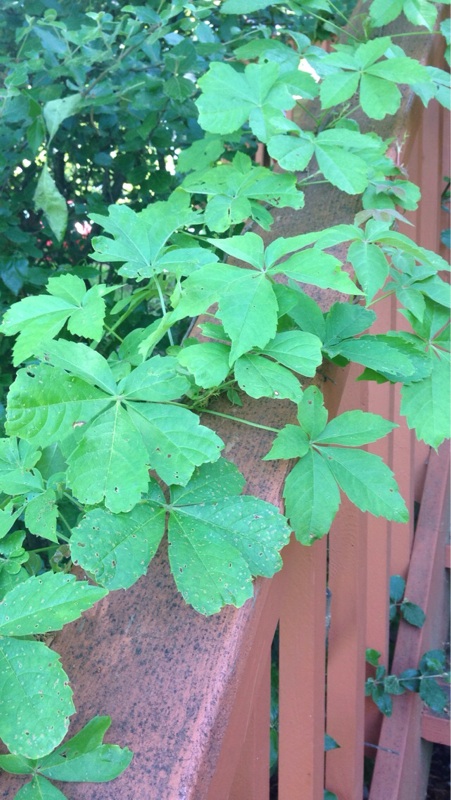From the Vine: Vines
go.ncsu.edu/readext?867065
en Español / em Português
El inglés es el idioma de control de esta página. En la medida en que haya algún conflicto entre la traducción al inglés y la traducción, el inglés prevalece.
Al hacer clic en el enlace de traducción se activa un servicio de traducción gratuito para convertir la página al español. Al igual que con cualquier traducción por Internet, la conversión no es sensible al contexto y puede que no traduzca el texto en su significado original. NC State Extension no garantiza la exactitud del texto traducido. Por favor, tenga en cuenta que algunas aplicaciones y/o servicios pueden no funcionar como se espera cuando se traducen.
Português
Inglês é o idioma de controle desta página. Na medida que haja algum conflito entre o texto original em Inglês e a tradução, o Inglês prevalece.
Ao clicar no link de tradução, um serviço gratuito de tradução será ativado para converter a página para o Português. Como em qualquer tradução pela internet, a conversão não é sensivel ao contexto e pode não ocorrer a tradução para o significado orginal. O serviço de Extensão da Carolina do Norte (NC State Extension) não garante a exatidão do texto traduzido. Por favor, observe que algumas funções ou serviços podem não funcionar como esperado após a tradução.
English
English is the controlling language of this page. To the extent there is any conflict between the English text and the translation, English controls.
Clicking on the translation link activates a free translation service to convert the page to Spanish. As with any Internet translation, the conversion is not context-sensitive and may not translate the text to its original meaning. NC State Extension does not guarantee the accuracy of the translated text. Please note that some applications and/or services may not function as expected when translated.
Collapse ▲Vining plants are excellent additions to ornamental landscapes. They grow in ways that add depth, height, and perspective to the landscape. They spread by climbing, attaching, or twining their way up vertical surfaces or over the ground, and fill in spaces where other plants just can’t grow. Some recommended vines for the home landscape include clematis, passionflower, climbing hydrangea, lady banks rose, and Carolina jessamine. All of these vines offer differences in texture, colors, odors, and will thrive in our area.
But what can we do about unwanted vines? Many vines can take over the landscape and are difficult to manage. English ivy, kudzu, Japanese honeysuckle, wisteria, and Oriental bittersweet are invasive vines that can grow out of control and destroy landscapes, vinyl siding, and forests. Virginia creeper is another vine that causes problems in the landscape, but is not listed as invasive.
We normally get a dozen calls this time of year, wanting to know how to get rid of unwanted vines growing in shrubbery. The first step is to tackle the problem as soon as you see it. Don’t wait for shrubs to get taken over by vines before you implement a management strategy. Many of these vines can grow 30-50 feet in the spring, so nip it in the bud before it is out of control. Depending on the severity of the infestation, this could take a weekend, or several seasons to remove all the vines. Just pulling the vines out of the shrubs could damage the plants you want in your landscape, plus it leaves roots, and rhizomes in the ground to re-sprout. Using herbicides could damage nearby plants due to off target application.
For best results, you are going to have to get to the ‘root’ of the problem. Trace the vines to the root and cut the vines 4-6 inches above the ground. Carefully untangle the vine from the shrubs and avoid damaging wanted shrubs. Paint the remaining stems that are left in the ground with a glyphosate (Roundup) or triclopyr (Stump and Vine Killer) product. You can also use a spray shield on a hand sprayer to spray the vine stems while preventing the herbicides from damaging nearby plants. For more information, see the video from LSU on stopping vines from taking over at https://www.youtube.com/watch?v=NAxCpz62qBU




